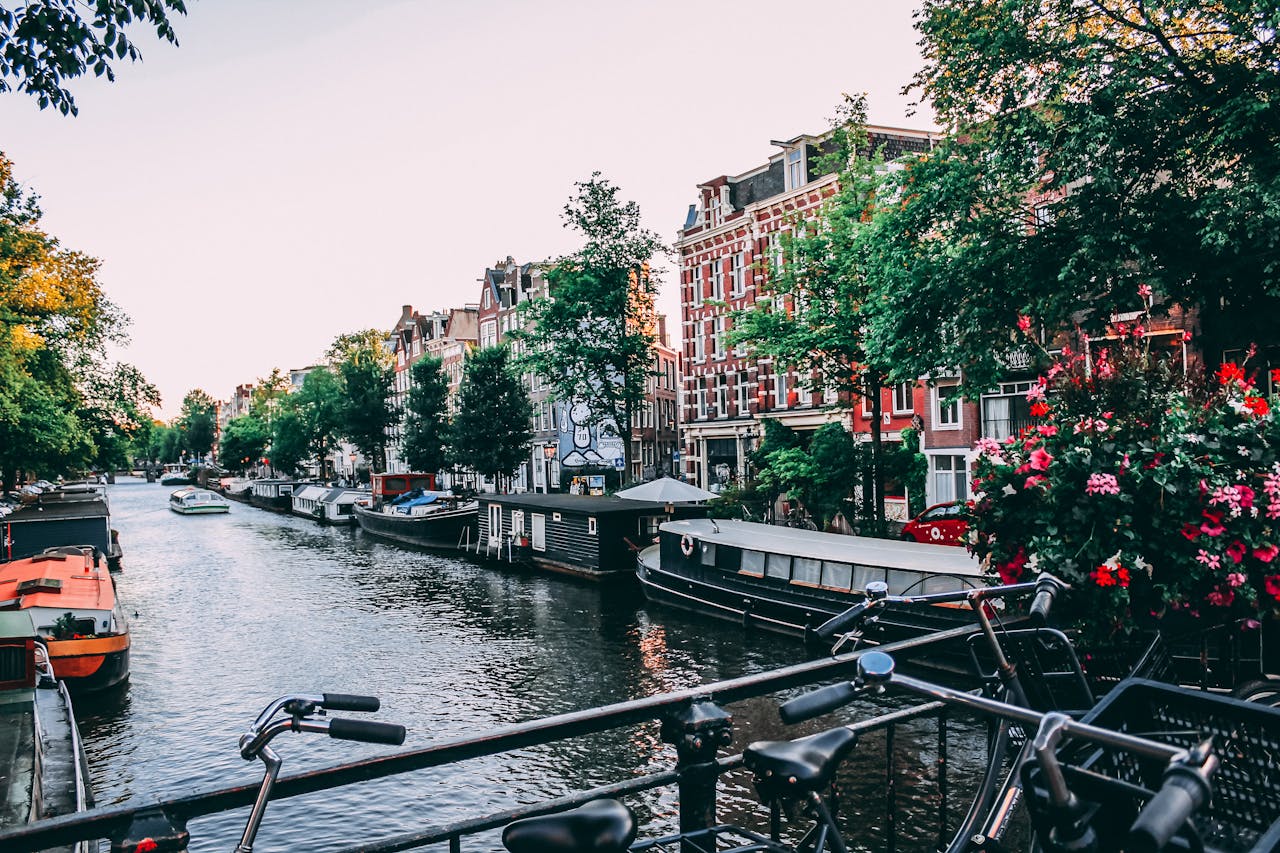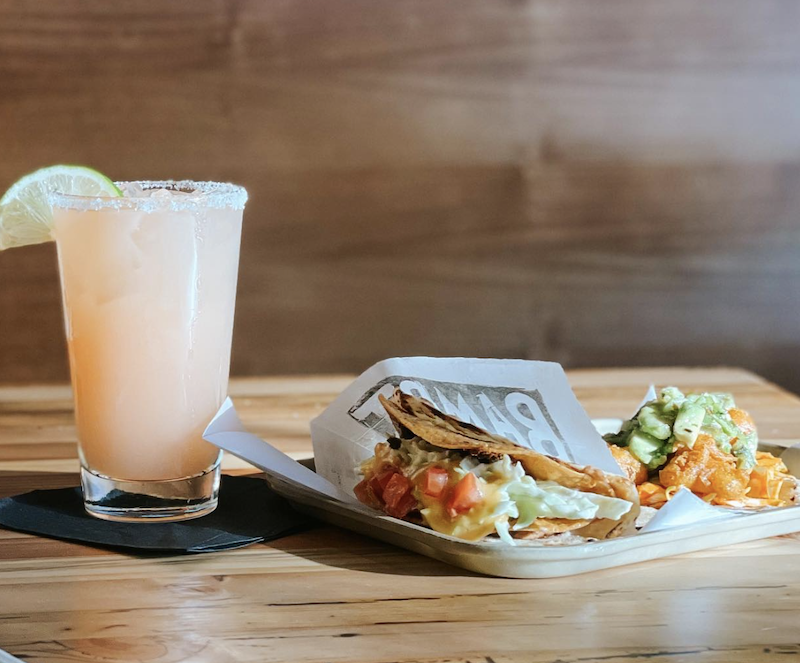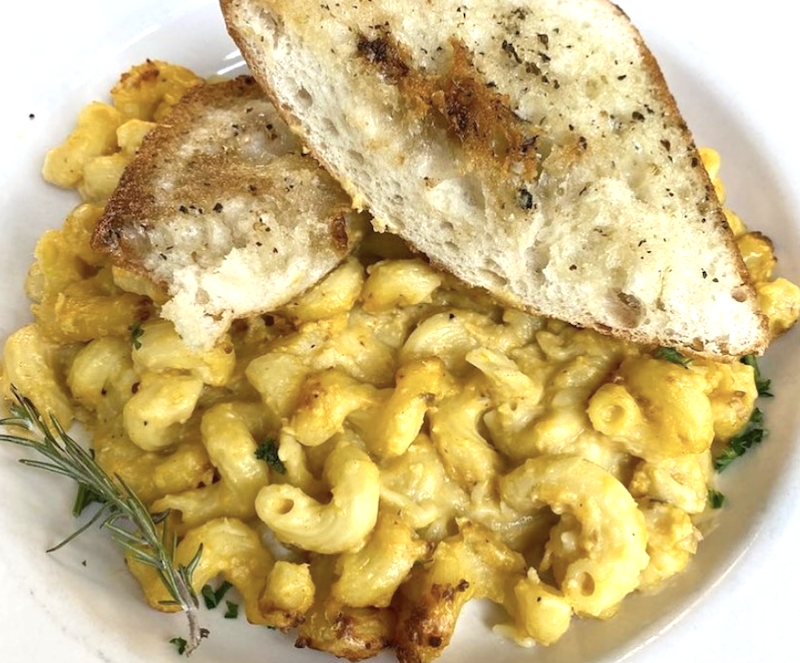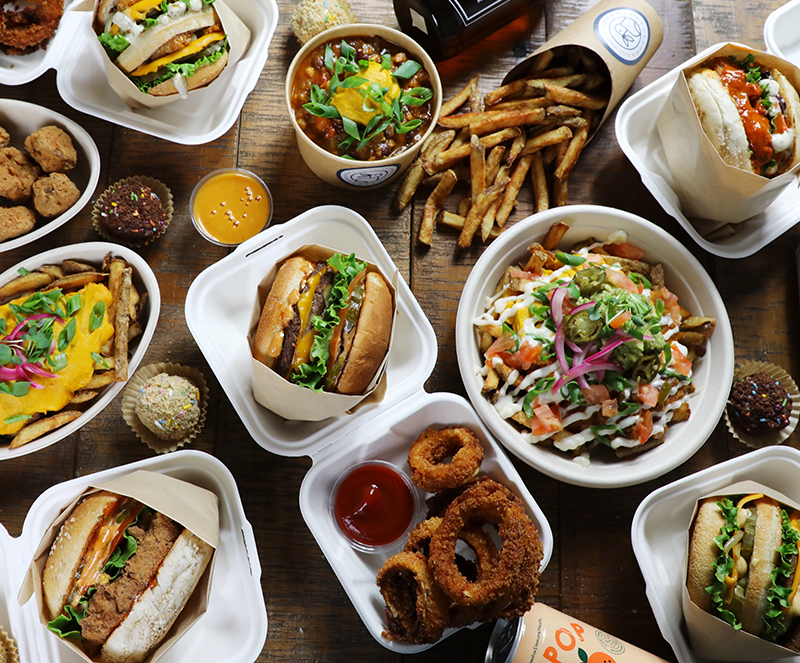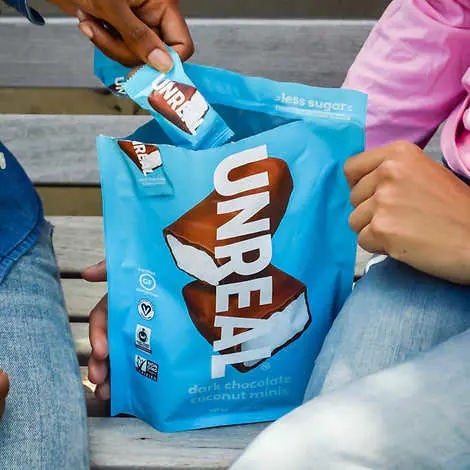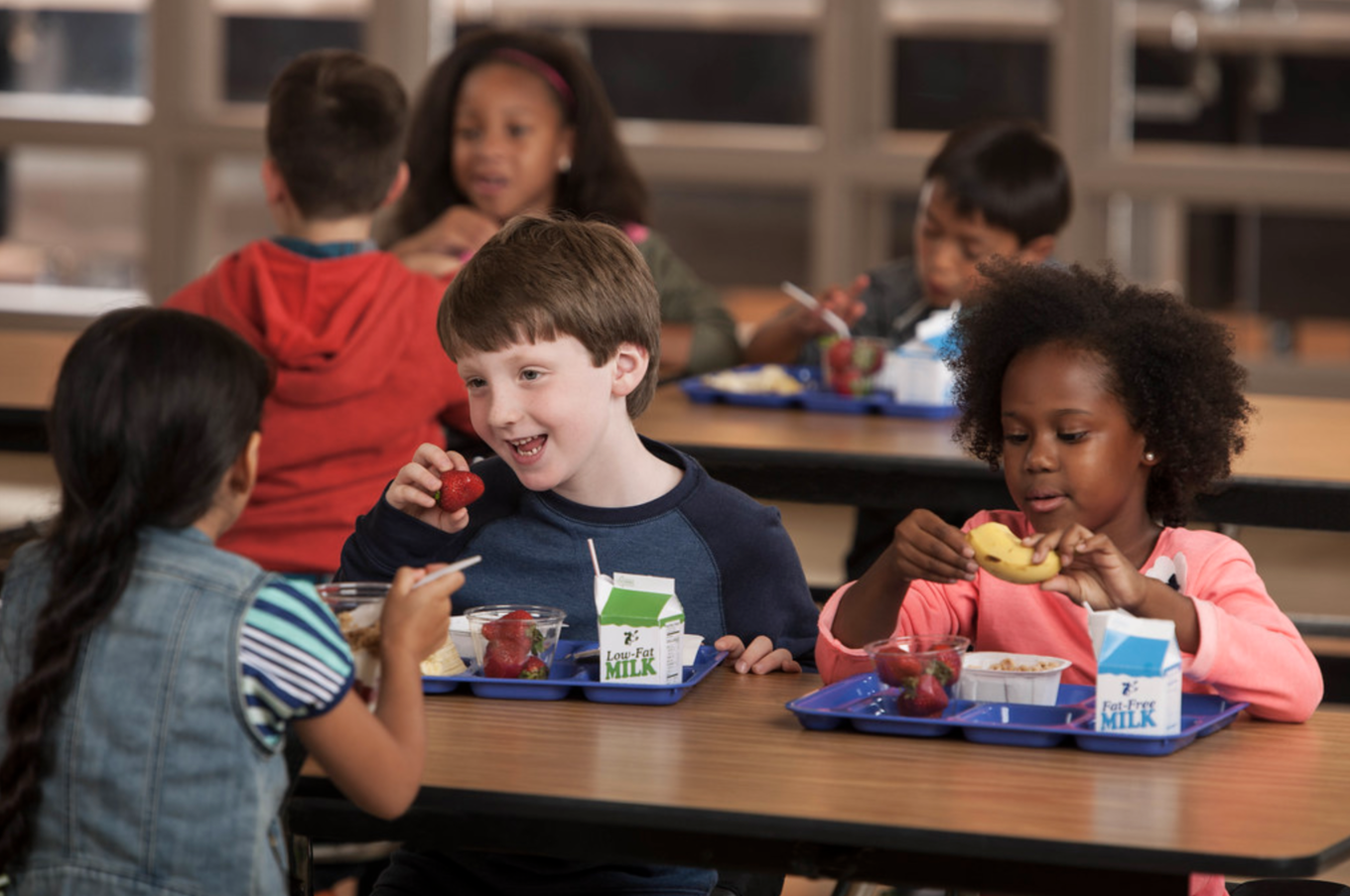One-third of the global food produced for human consumption is wasted every year and wasted food results in wasted money and precious natural resources. To combat this, we can all incorporate simple sustainable food-saving practices every day. Here are ten simple tips to protect the planet, save money, and enjoy the food you have at home.
Table of Contents
Why is food waste a problem?
When we waste food, we don’t just waste the money we spent to buy it, but also all of the time, energy, and resources it took to produce it. For example, it takes around 84 gallons of water to produce one avocado, and up to 18,000 gallons of water to produce just one hamburger.
But there’s also another issue with food waste: emissions. When food ends up in the landfill, as it breaks down, it releases harmful greenhouse gasses into the atmosphere. In fact, research suggests that if food waste was in one country, it would be the third biggest emitter of greenhouse gasses.
Eva Bronzini/Pexels
But it’s not just individuals that need to take responsibility for food waste. According to Rethink Food Waste Through Economics and Data, the amount of food thrown away by retailers represents around $18.2 billion.
This issue is huge, and it’s easy to feel overwhelmed and powerless. But there are things we can do to help reduce the amount of food we waste ourselves, and in turn, reduce the amount turning up in the landfill every day.
How to reduce your food waste: 10 tips
1Eat more plants
The more whole plants you eat, the more you’re likely to reduce food waste from restaurants and other sources. It’s okay to feel a little guilty when you know you have greens in the fridge that will go bad if you don’t eat them. Save the takeout for another day and enjoy those greens steamed, sautéed, or wilted in a hearty vegan stew.
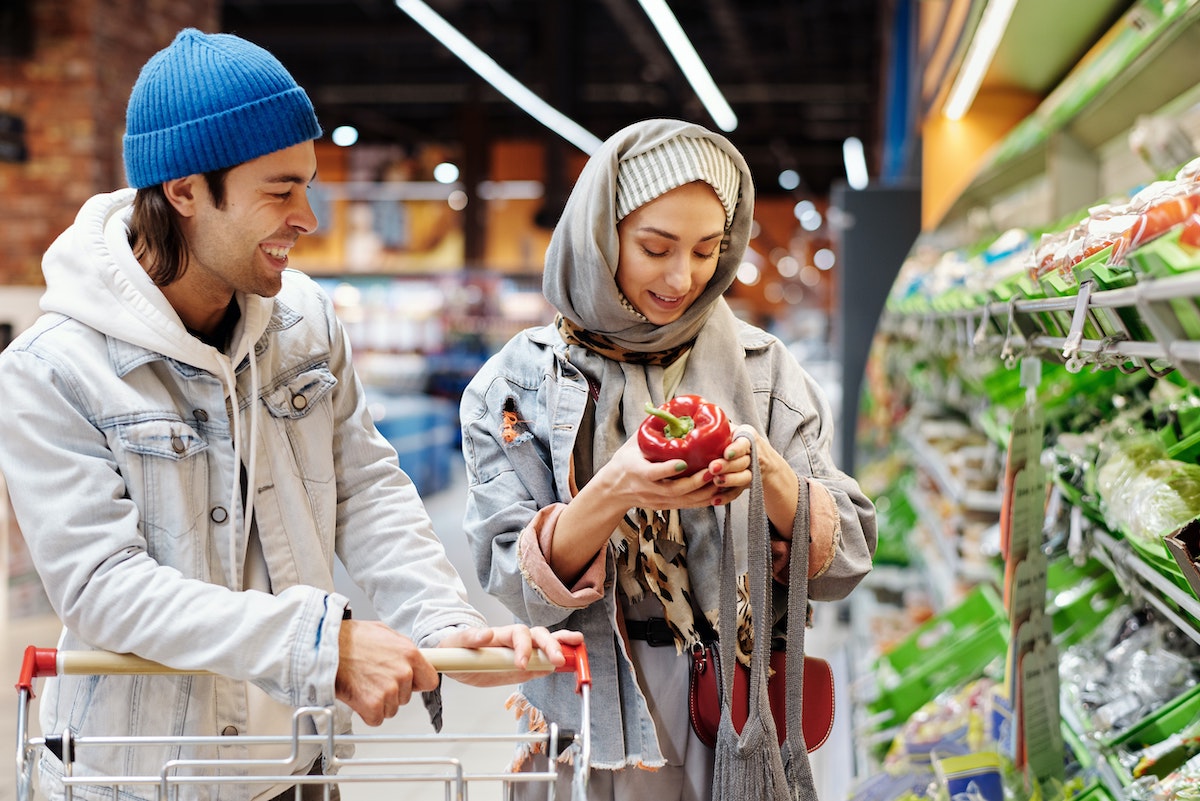
2Shop smart and make a plan
Beware the impulse buy. Do a little meal planning, make a list, and stick to it. This advice is nothing new, but considering the fact that the land used to produce wasted food is equivalent to the size of China, you might be a bit more motivated to adhere to that list. Buy only what you need and resist purchasing something just because it’s on sale. If it’s not on your list, it’s not in your reusable shopping tote. You can always go back a few days later to grab a few more carrots.
3 Order in stages
If you can’t remember the last time you stepped foot in a grocery store, you can still apply the “buy only what you need” rule when eating out. If you’re at a restaurant, order your entrée first. So often, we fill up on appetizers and then merely pick at the main meal. If the portion size of the entrée won’t satisfy, call your waiter and order an appetizer.
4 Cook less
Before you place that vegan Thai to-go order, let’s clarify. This rule doesn’t encourage you to eat out more often—the restaurant industry wastes an absurd amount of food—but to reduce the amount of the food you prepare at any given time. For example, if you’re following a recipe that suggests six servings, but you’re a household of two, do some simple math and reduce the ingredient measurements by two-thirds. Utilize this practice when you’re preparing a meal that won’t keep—such as savory crepes or paninis.
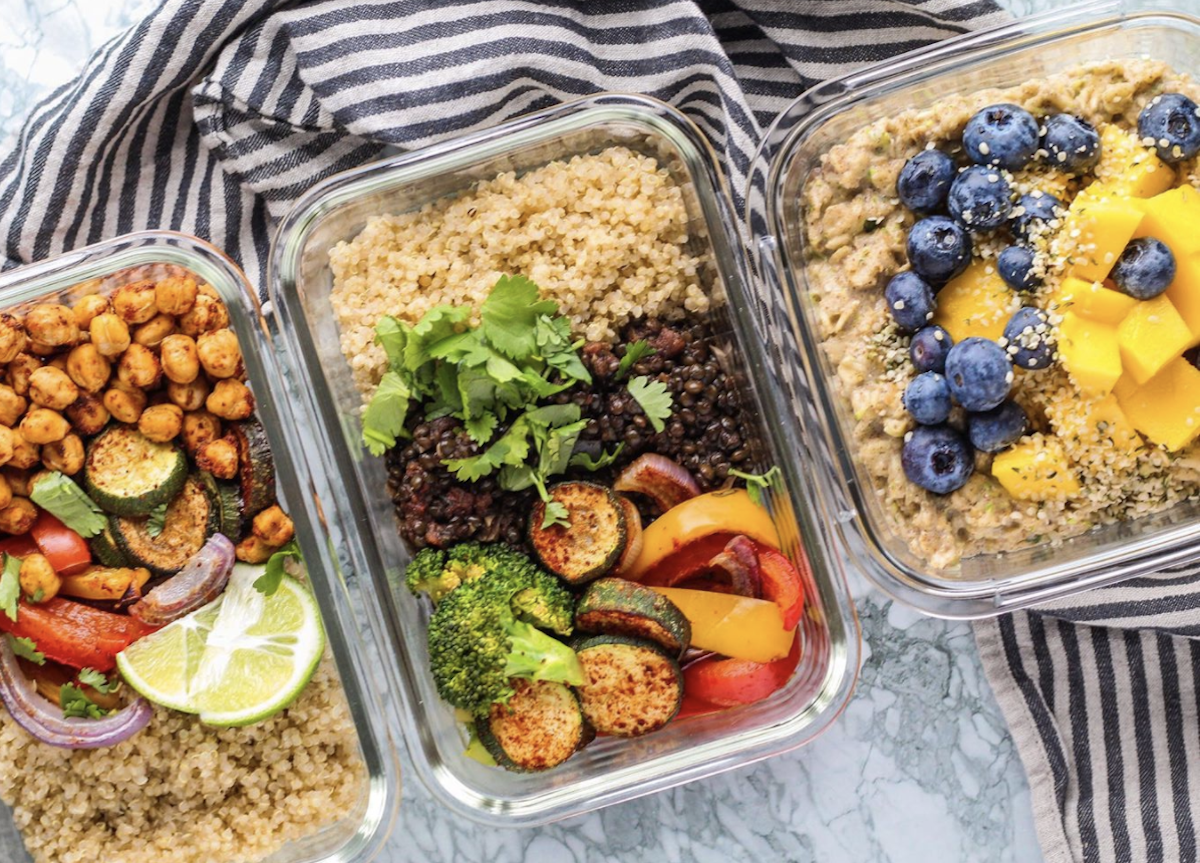
5 Save the leftovers
If you’re preparing a meal that freezes well, let leftovers be your superpower to tackle food waste. Dishes such as chili, soups and stews, casseroles, and seitan-based meats freeze for weeks. Other lesser-known freezer friends include tofu, bananas, bread, and baked goods, and even vegetables like cauliflower and zucchini.
6 Pickle and ferment it
If that carrot is looking a little limp, pickle it. Wilting cabbage? Ferment it. The process of soaking produce in brine is a gut-friendly—and delicious—way to preserve produce. Pickled and fermented products such as sauerkraut and kimchi can be expensive, but you can recreate them at home at a fraction of the cost—with no fear of hidden fish sauce! Technically, you can pickle anything. A few pickle projects to try: escabeche, beets, cucumbers, onions, peppers, cauliflower, and red grapes. This quick and easy recipe is a great way to get started.
7 Donate it
Gather up those shelf-stable items way back in the recesses of your pantry and donate them to a local food bank. Go one step farther by connecting your regular vegan-friendly restaurants with a local food recovery organization such as Food Not Bombs. Many food recovery nonprofits work with grocery stores, event centers, and schools as well. In case you were wondering where that leftover Mac and Yease goes at the end of the Whole Foods day, it’s likely being transported to someone in need.
8 Be a food pusher
For those who love to bake but then don’t know what to do with two dozen cupcakes, embrace your new identity as a food pusher. This is the “I brought vegan brownies!” office-worker, the friendly neighbor at your door with a box of freshly made sugar cookies, or the person that never shows up to trivia night without a muffin for each team player. Don’t let your precious baked goods go to waste—spread the vegan message and reduce your food footprint by sharing your sweet labors with the world.
9 Use the entire ingredient
Sautée, blend, stew, and transform those often-thrown-away bits of food into tasty elements to enhance any dish. Steam and blend broccoli stems into a creamy soup, stir-fry cauliflower leaves with a medley of vegetables and tofu, and turn virtually any produce scrap into an umami bomb broth. Carrot tops, celery ends, and even the cores of apples and pears can be boiled with water to create a seriously flavorful base worthy of a Michelin star.
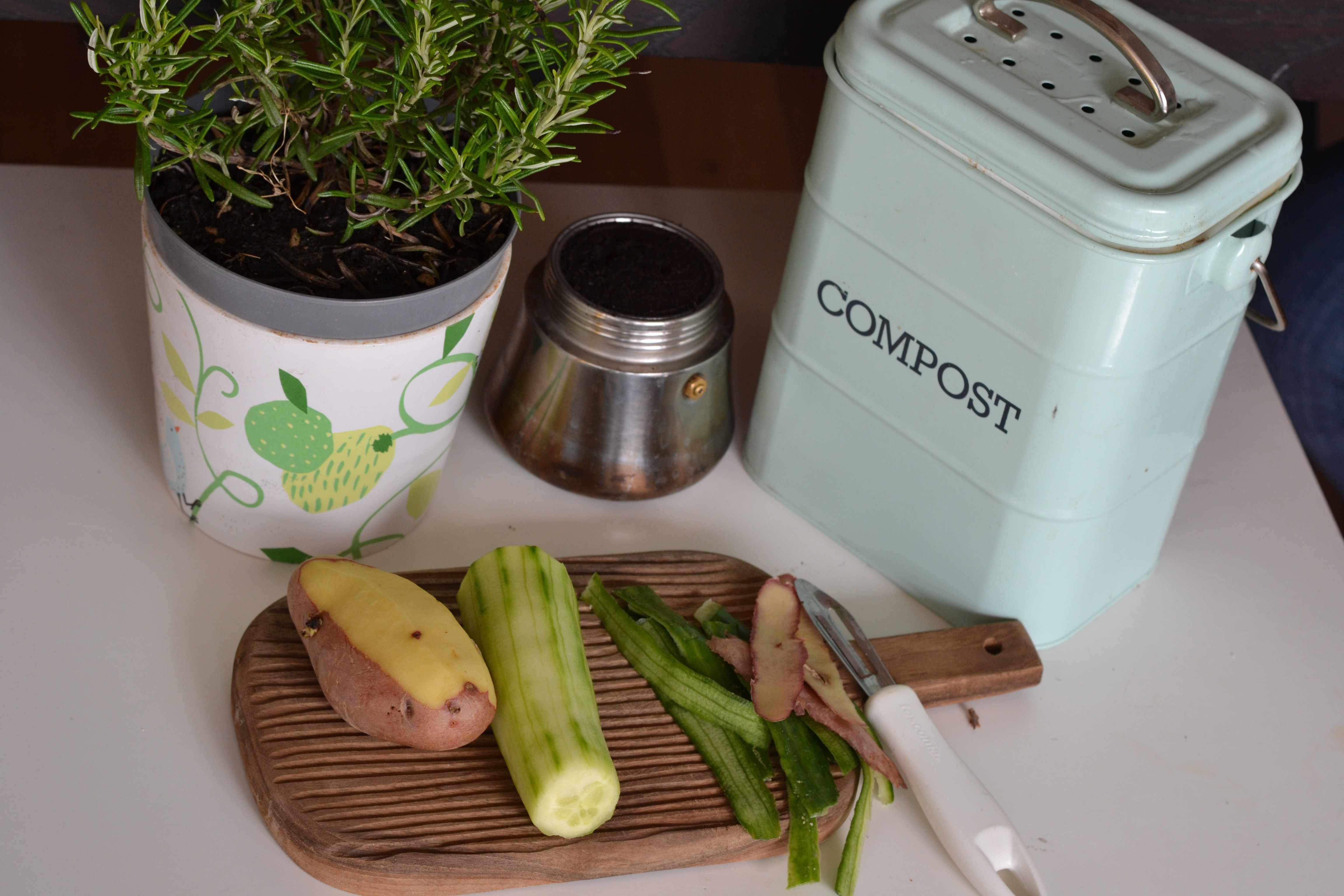 Lenka Dzurendova/Unsplash
Lenka Dzurendova/Unsplash
10 Compost
Even the most devoted vegan isn’t perfect. Inevitably, we’re not going to be able to eat everything (such as coffee grounds, for example). When you have leftover banana peels, lettuce, potato peels, and avocado skins, simply add them to the compost pile. Composting is a regenerative practice that brings nutrients back to the soil, so while those used espresso grounds may not do your body good, they can certainly do good for the earth, and that is the purpose of reducing food waste.
Max La Manna is a zero-waste vegan chef, award-winning author of More Plants Less Waste and climate activist living in London, UK.

